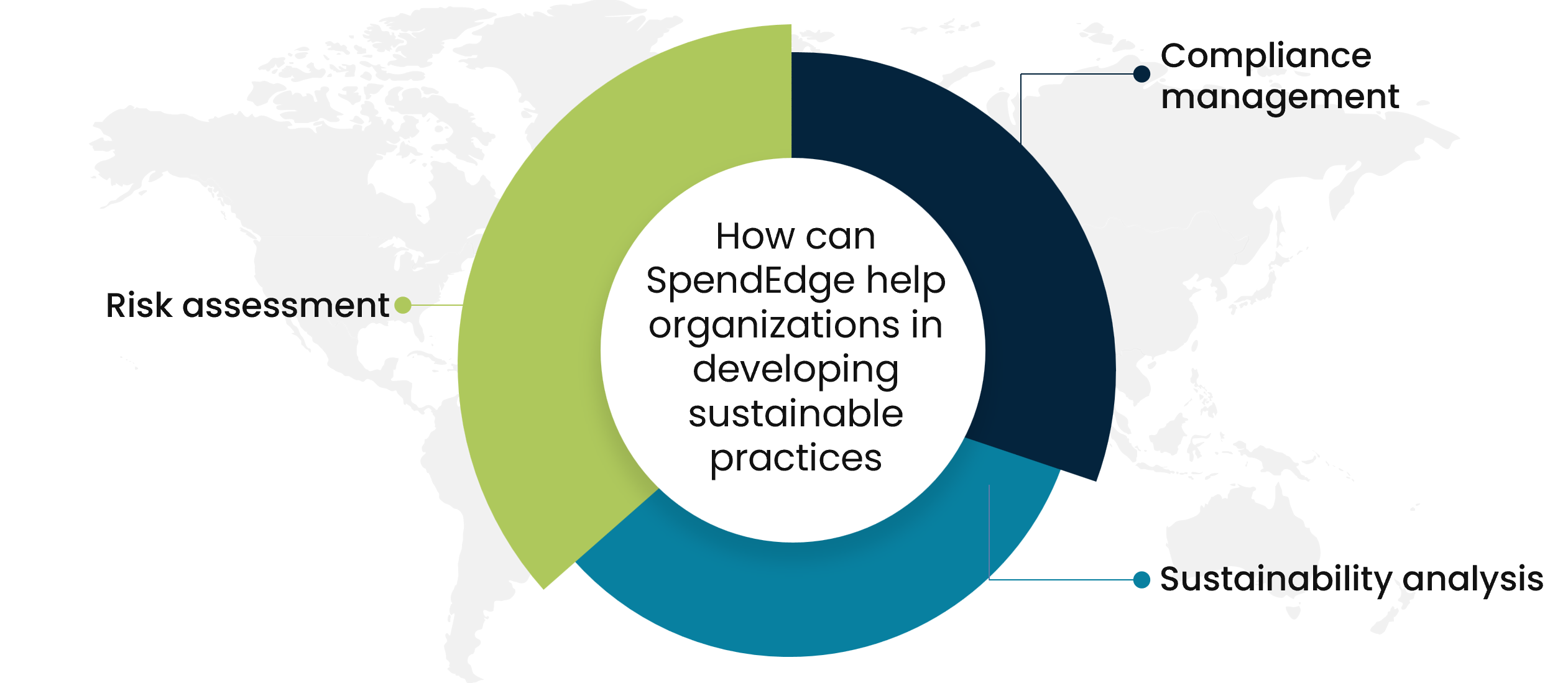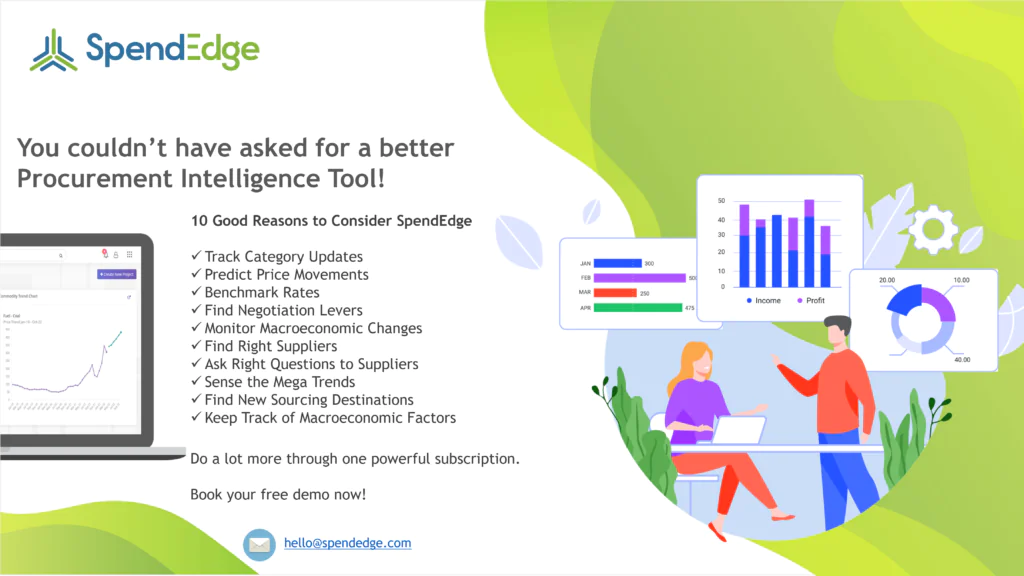By: George Mathew
A sustainable supply chain is of utmost importance for several reasons. Firstly, it helps mitigate environmental impacts by promoting responsible sourcing, reducing waste, and minimizing carbon emissions. Secondly, it enhances brand reputation and customer loyalty as consumers increasingly prioritize sustainable practices. Thirdly, it reduces operational risks by ensuring long-term availability of resources and minimizing disruptions. Lastly, a sustainable supply chain fosters ethical and fair practices, promoting social responsibility and contributing to the overall well-being of communities and stakeholders involved.
The impact of unsustainable supply chains on the environment is significant and alarming. These supply chains contribute to high levels of carbon emissions and the depletion of natural resources. The carbon emissions from such supply chains can be attributed to various factors, such as long transportation distances, inefficient use of energy, and reliance on fossil fuels. This results in increased greenhouse gas emissions, which contributes to climate change. Examples of environmental costs associated with such unsustainable practices include air and water pollution, habitat destruction, soil erosion, and biodiversity loss.
What are the effective approaches to reduce Scope 3 emissions?
Companies must engage their partners and supply chains to address sustainability goals effectively, given the undeniable importance of effectively addressing Scope 3 emissions. Collaborating with suppliers to reduce emissions is a critical step. Companies can work with suppliers to design more sustainable products, such as Flyknit fabric, developed in collaboration with suppliers. This fabric is made from plastic bottles and reduces waste by 60% compared to traditional footwear manufacturing methods. Implementing transparency initiatives, like the Carbon Disclosure Project (CDP), encourages suppliers to measure, manage, and disclose their emissions. Such initiatives incentivize responsible practices across the supply chain. Collaboratively setting emissions reduction targets with partners can drive meaningful change. Embracing circular economy principles can reduce waste and emissions. Conducting supplier audits and encouraging certifications, such as ISO 14001 (Environmental Management System), can ensure environmental standards are met.
Here is how organizations can mitigate Scope 3 emissions
Addressing Scope 3 emissions can lead to excellent business outcomes and impressive progress on the road to sustainability. Companies can conduct comprehensive assessments of steps taken to reduce carbon emissions, gather data, develop strategies to reduce emissions, establish reduction targets, integrate sustainability into the procurement process, and continuously monitor their progress. By engaging with partners, setting clear and ambitious targets, conducting a comprehensive Scope 3 emissions assessment, and embracing sustainable practices, companies can reduce their Scope 3 emissions and create a more sustainable and resilient future. In this era of increasing environmental awareness, effective collaboration along the supply chain is a necessity for any company committed to sustainability. It is important to establish clear emissions reduction targets with suppliers and partners, integrate sustainability criteria into procurement decisions, and continuously measure and report progress on tackling Scope 3 emissions to stakeholders. This will help foster a sustainable and accountable culture in the organization and value chain.
How can SpendEdge help organizations in developing sustainable practices and incorporating them into daily operations?

Sustainability analysis: Modern sustainability practices
Evaluate the sustainability practices adopted by suppliers along the value chain to lower social and environmental risks and improve the brand image with the aid of our meticulous supplier sustainability analysis. We help you assess the strategies of suppliers in your network and then address existing and potential sustainability gaps to resolve the issues. You can evaluate social and environmental risk factors for each supplier, monitor compliance challenges facing the supply chain, and leverage relevant insights to make the right moves.
Risk assessment: Assessing social and environmental risks
Draw real-time insights from our supply-side big data to improve operations and get dashboard views of how exactly your supply chain is performing. We help you drill down to segment-wise efficiency metrics of the supply network. We assess all the supply chain risks and score them according to a priority basis; organizations can make the most effective use of these risk scores in supply chain decisions. We help you Quantify the potential impact of critical vulnerabilities on business operations. Identify new opportunities to optimize supply chain resilience and rebound capability.
Compliance management: Ensuring compliance with environmental regulations
SpendEdge offers compliance management services that focus on ensuring organizations’ adherence to environmental regulations and promoting supply chain sustainability. Our team provides expert advice and guidance on compliance issues, helping organizations navigate complex regulatory frameworks and stay in line with legislation. We conduct thorough assessments to identify potential compliance gaps and develop tailored strategies to address them. By partnering with SpendEdge, organizations can proactively manage their environmental compliance, mitigate risks, and demonstrate their commitment to sustainable practices. Our services enable businesses to align with regulatory requirements, enhance their reputation, and contribute to a greener and more sustainable supply chain.
Success story: SpendEdge helping an oil and gas company to implement sustainability
A Global oil and gas company was facing challenges in identifying and mitigating Scope 3 emissions, encompassing indirect emissions from the entire value chain.
Our experts at SpendEdge evaluated the entire value chain to pinpoint Scope 3 emissions sources and collaborated with suppliers to implement sustainable practices. We recommended technology-driven solutions for tracking and reporting emissions across the supply chain, conducted a thorough sustainability audit, and developed a roadmap to address identified gaps. Implementing Key Performance Indicators (KPIs) for ongoing monitoring, we also analyzed competitors’ sustainability reports to identify best practices. Aligning with industry benchmarks, our approach ensures the client’s strategies are in line with sustainability standards.
Through our targeted sourcing advisory solutions, the client successfully reduced Scope 3 emissions. This initiative involved enhancing sustainability practices, addressing existing gaps, and ensuring alignment with modern standards. By adopting best practices identified through competitor analysis, the client significantly improved their competitive positioning in the market.

Contact us now to solve your procurement problems!
Author’s Details
George Mathew
Associate Vice President, Sourcing and Procurement Intelligence
George is a procurement specialist at Infiniti Research and provides advisory services to clients across the pharmaceutical, CPG & FMCG, energy, and automotive sectors. He specializes in the procurement areas of industry benchmarking, cost modeling, rate card benchmarking, negotiation advisory, and supplier intelligence.




